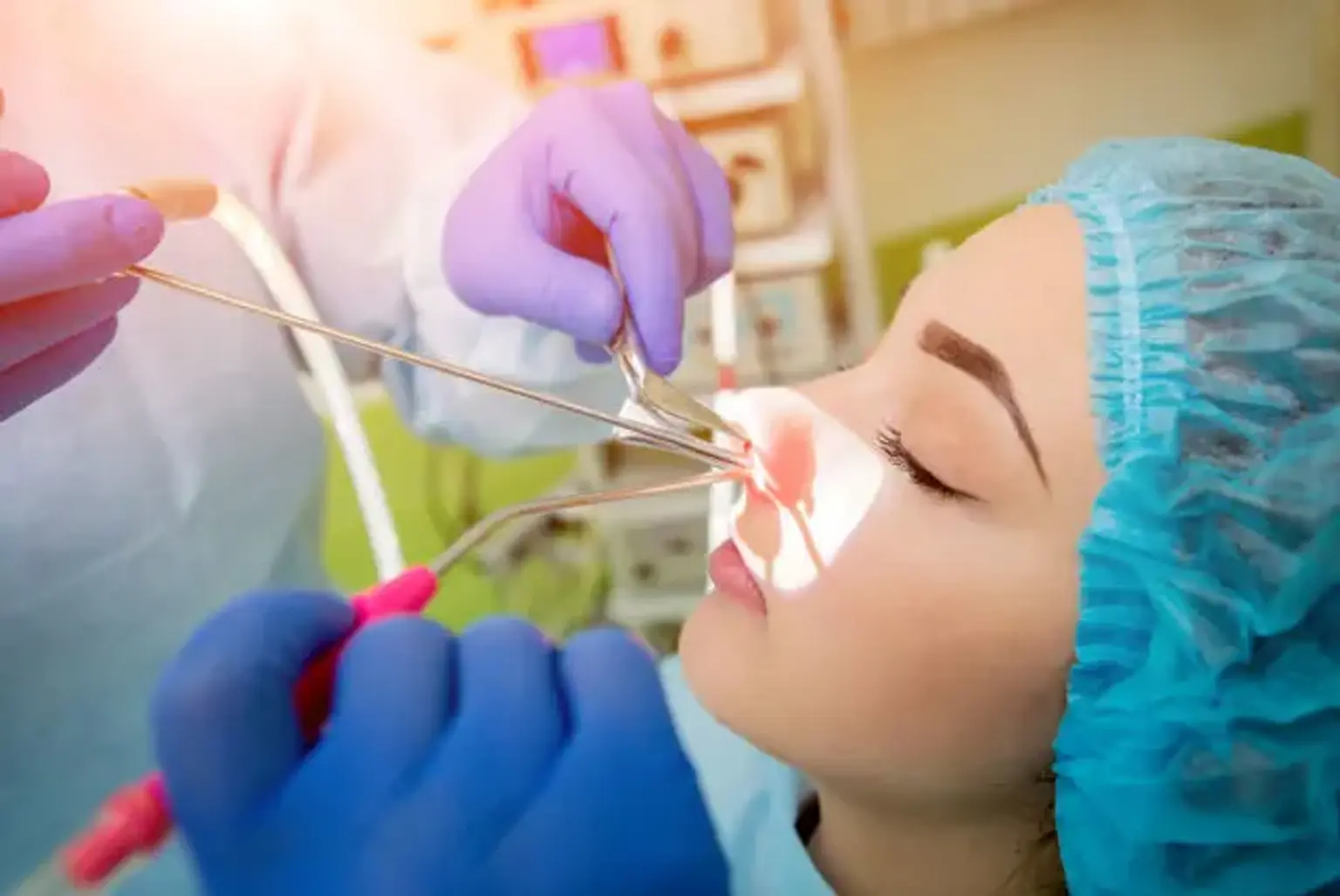Endoscopic Sinus Surgery
Overview
Since its inception, endoscopic sinus surgery (ESS) has been competing with technology; advancements in equipment provide a vast playground for the use of ESS beyond chronic rhinosinusitis (CRS). CRS, pituitary tumors, skull base deformities, sinonasal tumors, and complications of acute rhinosinusitis are among the most common indications. When addressing structures outside the sinuses, a progressive strategy targeting all sinuses delivers a favorable outcome in cases of CRS and a wide and safe channel.
